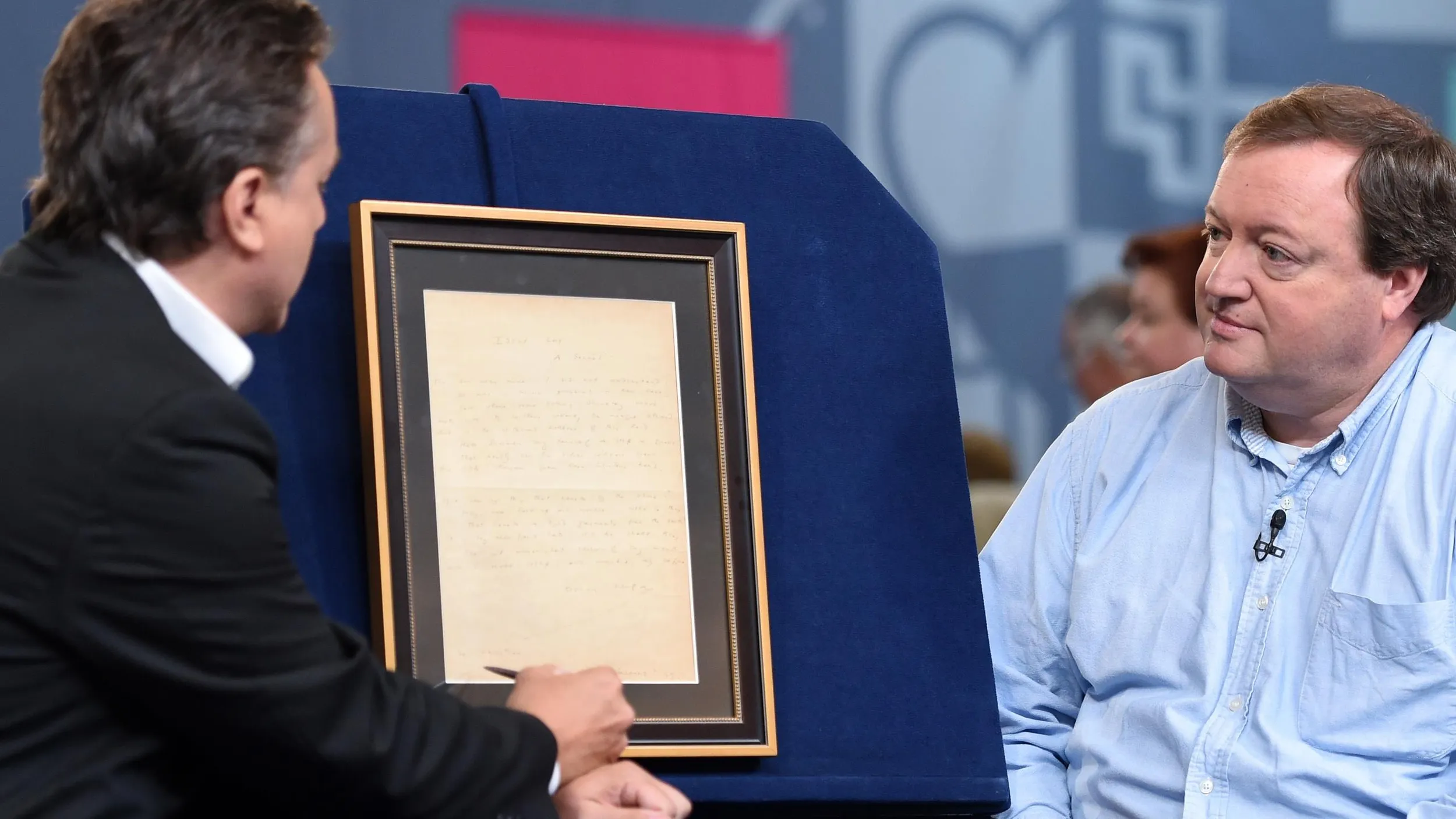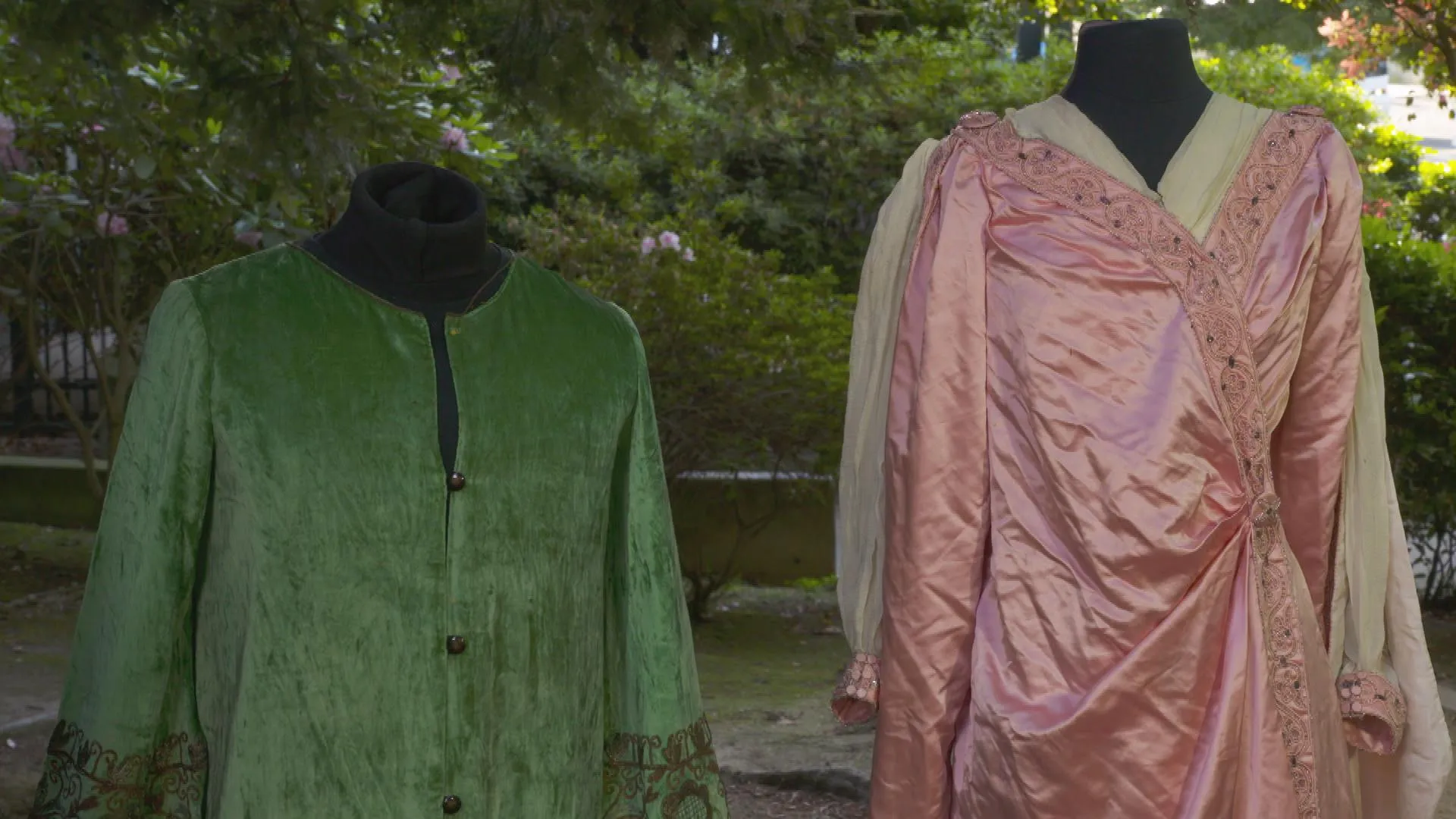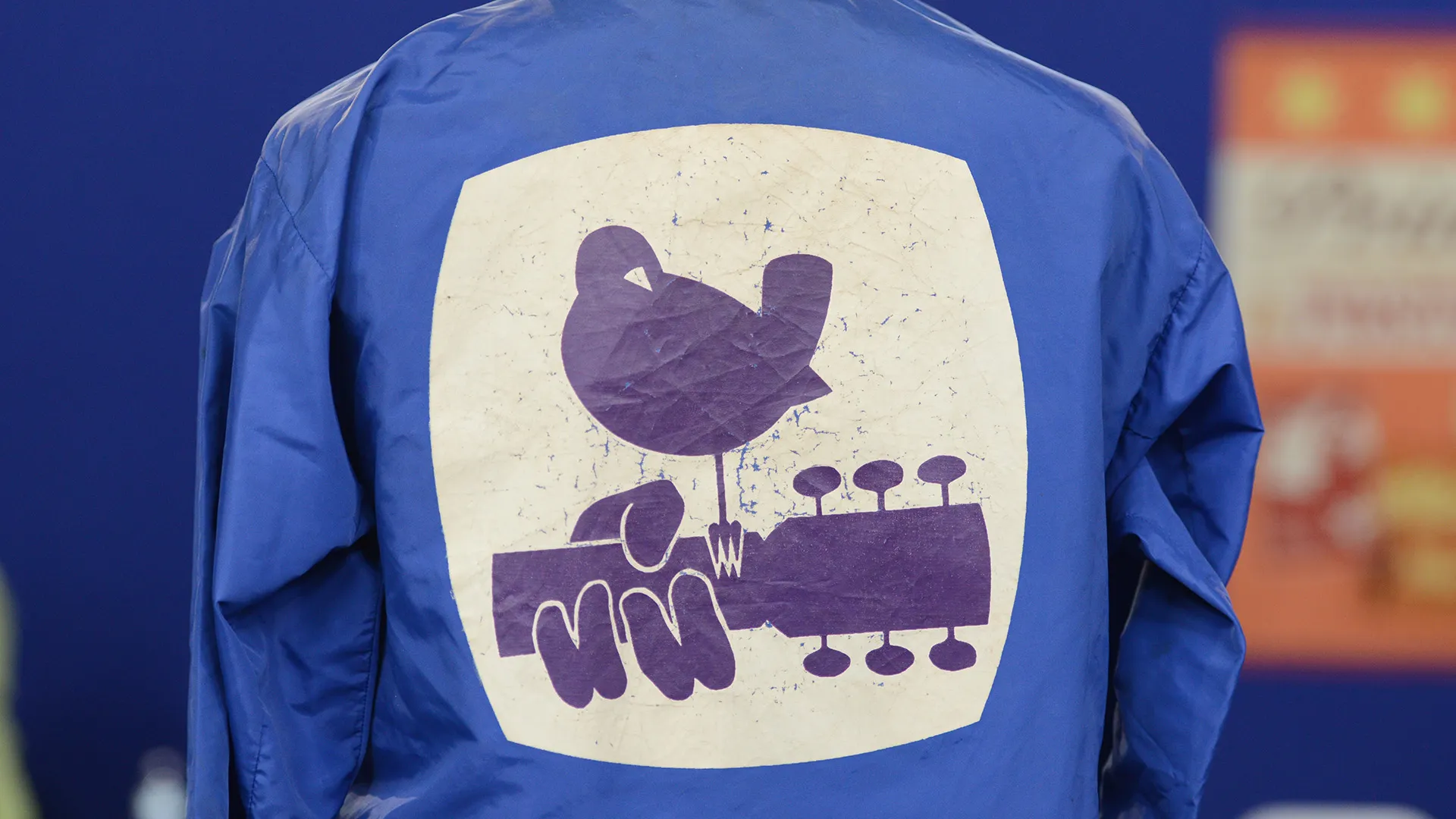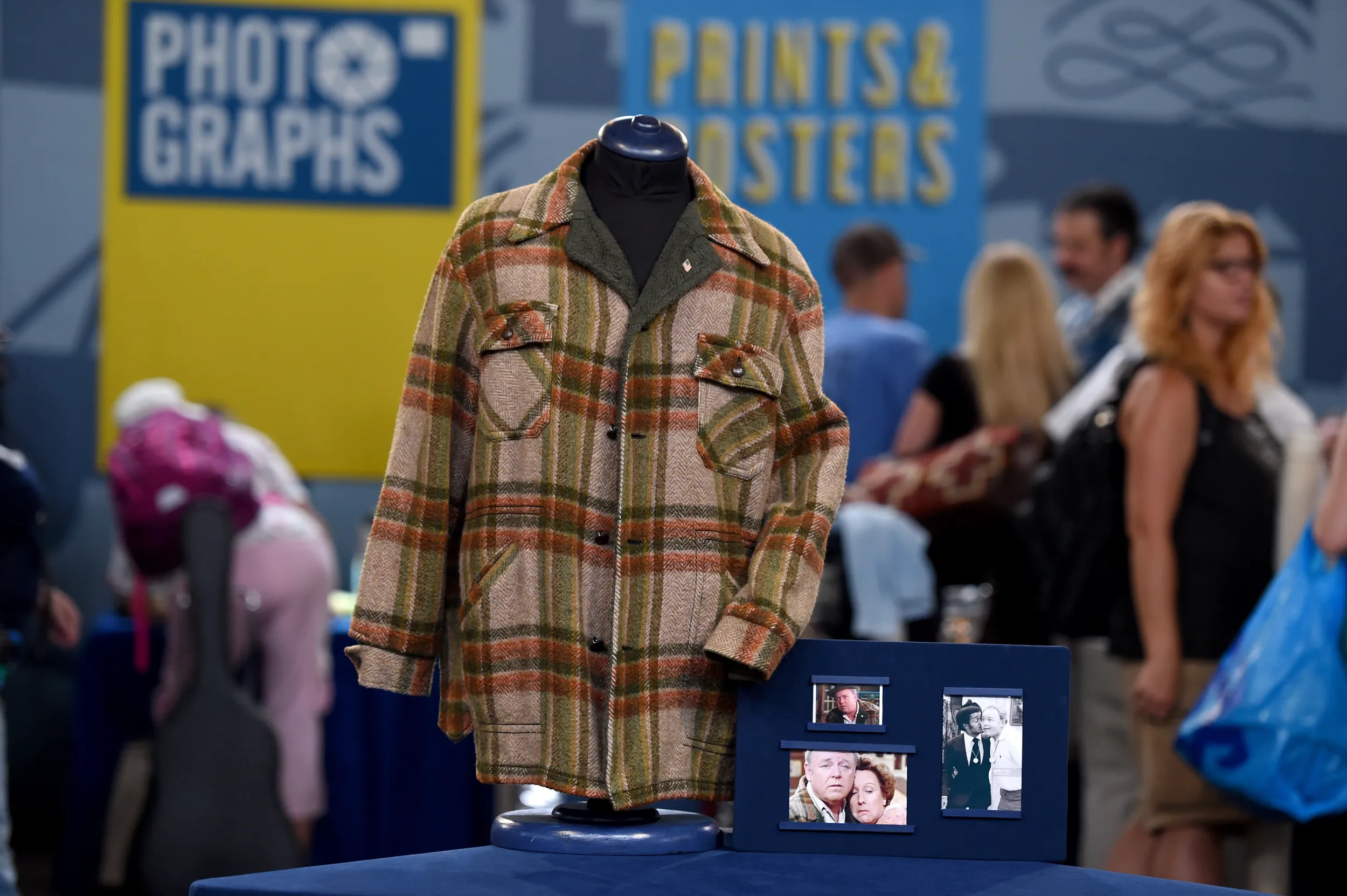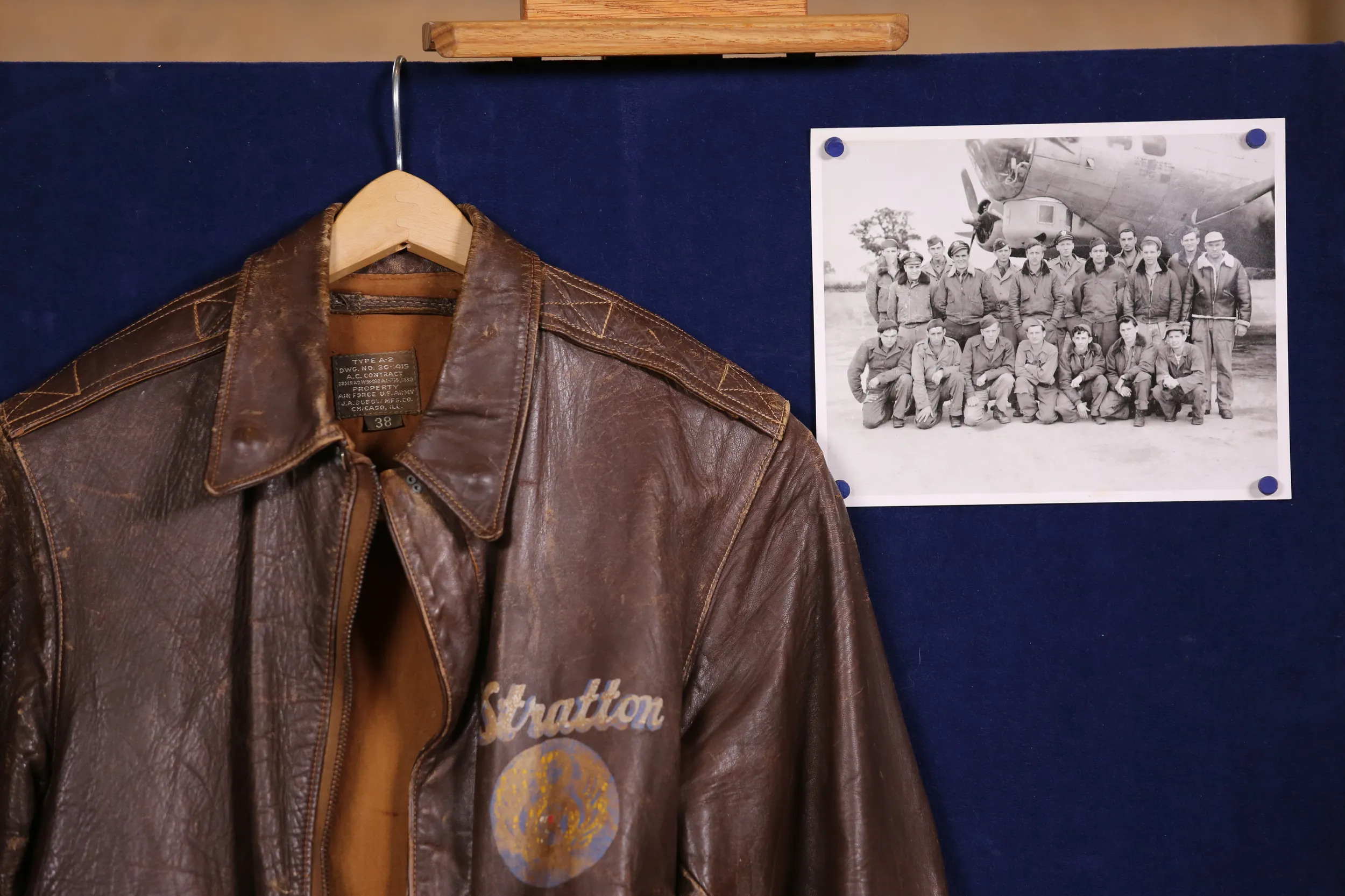GUEST: I brought in my great-great-grandfather's Confederate jacket. He was from Glenn Springs, South Carolina, which is up near Spartanburg. Back in the '70s, I was given permission to go through an old shed out in the backyard. And it was in my great-great-grandmother's trunk with a lot of... a lot of things. Going through papers and all, I found the name of her father, traced some of his information, but this belonged to him. He died at Adam's Run, which is not far from Charleston, of dysentery in camp towards the end of the war.
APPRAISER: And who did he serve with?
GUEST: It's E Company, South Carolina Cavalry.
APPRAISER: And we know right away it's cavalry because it has this gold trim. Artillery was red, infantry was blue, cavalry is golden. And it's a short jacket because on horseback, you didn't need all that extra cloth to carry around. This coat is special for several reasons. It shows how non-regulation some of those early uniforms from the Civil War are. Do you know where the buttons were made?
GUEST: Uh-uh.
APPRAISER: They're actually made in Waterbury, Connecticut.
GUEST: Oh.
APPRAISER: By the Scovill Manufacturing Company, which sounds odd on a Confederate coat, but right before the Civil War broke out, they shipped a lot of buttons to the Southern states, and these are South Carolina buttons. They've got the palmetto tree in the center, and around the edge it reads, "Animis Opibusque Parati," which means "prepared in mind and resources," the South Carolina motto. The belt's the same way. This was made up north as well, probably in Chicopee, Massachusetts. The coat's just pretty. It's got a lot of wear, but you expect that. But it's that home-grown feeling that the coat gives you when you see it that makes it special to a collector because it's of this jean wool, which is a mix between wool and cotton. And it was cheaper than regular pure wool. When we open up the front, the buttons aren't all individually sewn. They're what we call "shanked." They run a strap through there, tack it down, and it holds them all in place at once. And if you notice, the lining on the coat is wild.
GUEST: Yeah, it's pretty wild.
APPRAISER: Function over beauty.
GUEST: Yeah.
APPRAISER: Nobody was going to see that. Those are called balloon sleeves, and that's one of the things you look for in a good early coat. Later on, they narrow them down. Have you ever had the pieces appraised?
GUEST: Never had it appraised, no.
APPRAISER: Any gut feeling?
GUEST: $12, $15 maybe, I don't...
APPRAISER: As any antique collector will tell you, something that makes your eyes and your heart this happy is really going to hurt your pocketbook. This coat in today's market should be insured for $30,000.
GUEST: Wow. Pretty nice. (laughs)
APPRAISER: And as a bonus, we have the belt with the South Carolina buckle. That's another $7,000.
GUEST: Really? That's pretty amazing. It's a pretty nice save from an old trunk.
APPRAISER: One heck of a shed. (laughs)

